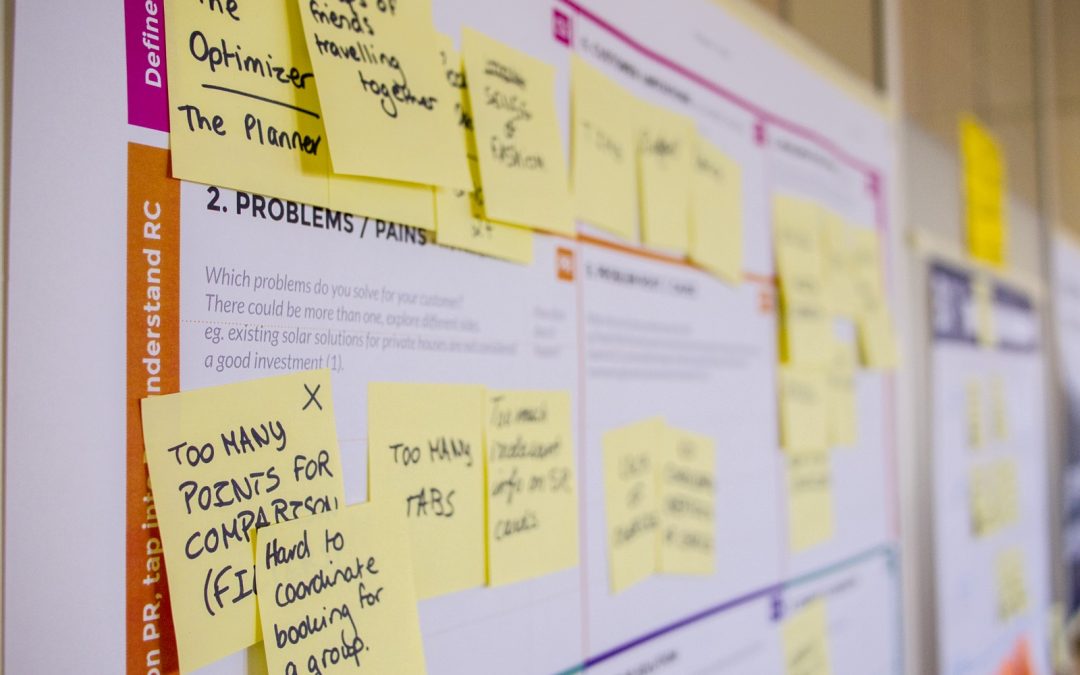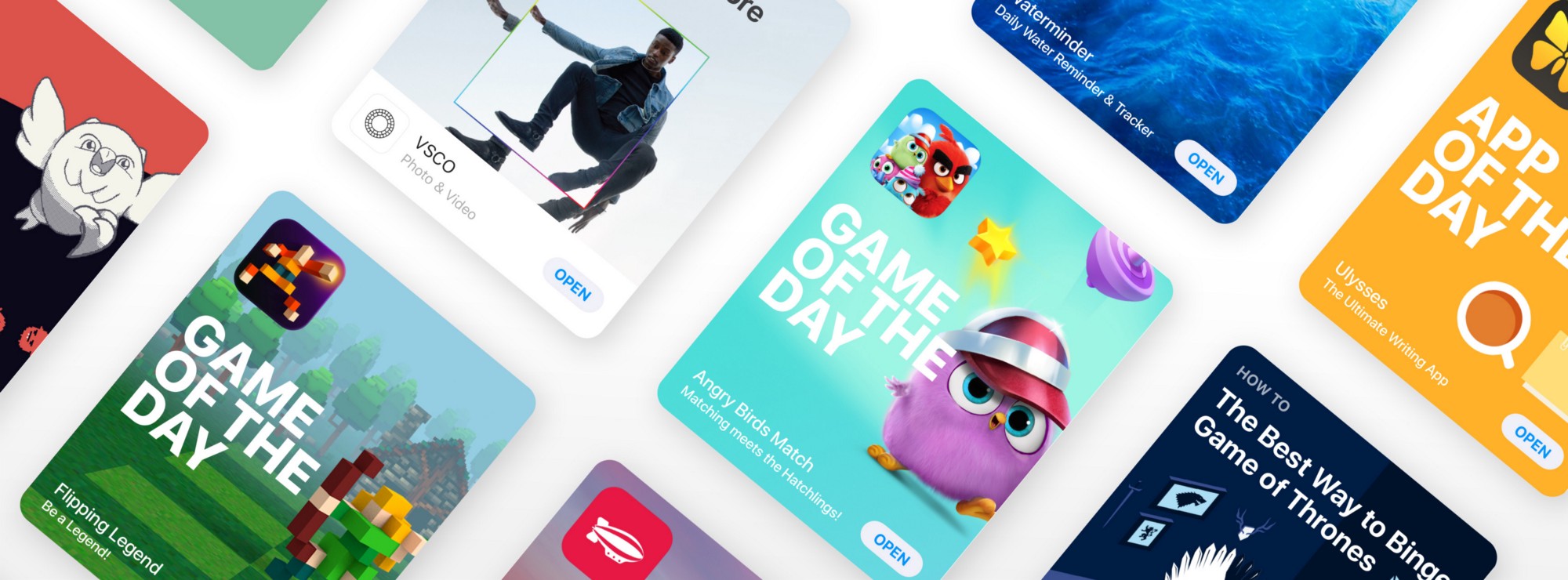Billion dollar apps are still appearing in the news and on your social feeds but has the app “gold rush” ended? Sure, gone are the days when you could just upload your app and wait for the users to download it. Now a days you need to think of your app more like running a business.
The good news is that people are still spending money on the App Store with Apple announcing on New Year’s day 2018 users collectively spent $300 million (in one day!!). In 2017 iOS developers earned $26.5 billion, more than 30% increase over 2016.
“Genius: one percent inspiration and 99 percent perspiration.”, Thomas Edison
Now that you have your idea that’s great, but you’ve only just completed 1% of the journey to your billion dollar app. Some of the things you need to think about include designing, accessibility, development, marketing (finding influencers, press releases), user feedback, customer support, user retention, pricing strategy (reoccurring payments vs pay once), building a community, web services, websites, plus much much more.
Now, lets talk about your idea. I’ll discuss some fundamental steps you need to complete to turn your idea into an app.
What’s your problem?
Your idea needs to solve a problem. If you want your app to be succesful it needs to move the needle in the positive direction. Otherwise you’re solving a problem no one has e.g. if it won’t add value to the world, then no one will use it better yet no one will pay for it.
A great way to determine if your idea is actually a valid problem solver is by validating it. Find a sample of your potential customers, survey them in person or online. Evaluate their responses, do more testing to refine your understanding of their wants and needs.
Some open ended questions to potentially ask are,
- What is the most difficult aspect of X (X is your problem or the area your problem relates to).
- Tell me more about X.
- What happened the last time X occured?
- Why was the experience so problematic or unenjoyable?
- How do you think X could be solved?
The more you can learn about your potential customer pain points, the clearer picture you will have when it comes to creating your product and reduce scope creep. I find writing all these pain points on a whiteboard or on flash cards vital when designing my apps. This way when 1000’s of ideas on how the app should work and extra features are suggested you can ask yourself how would feature Y help solve pain point Z.
Research the market
At this point you’ve validated your customer problem with real world customers and have a clear idea of their pain points.
Search the App Store, is their already someone in the space of your problem? Don’t get discouraged, its often a good thing, it means there might be a market and users ready for someone to come in and “disrupt” it. When I say “disrupt” it could be your competitor isn’t taking advantage of new technology or oversight of customer pain points.
Analysing your competitors is a great way to get an insight into how they do things. Learning how your competitors:
- Are charging users? How much?
- How often do they charge users?
- Where they are marketing? Twitter, Facebook, Youtube, Print etc.
- Who are they targeting in their marketing? Read the tone of voice is it targeting a gender, demographic?
- Where are they marketing?
- Search social media, who is commenting on the product pages or talking about the product.
These are all valuable insights into how your competitors are doing things. You might find that your target user is actually different to who you originally thought and thus you need to focus on marketing differently or on a different platform.
Find a Co-Founder
I know what you’re thinking Elon Musk or Mark Zuckerberg didn’t have co-founders. Why do I need one? Many high growth startups are in fact the product of 2 or more co-founders.
Going back to my things you need to think about, that’s alot for one person to do. It’s not only going to delay your launch but you will be so rushed you’ll make mistakes. Having a co-founder allows you to share the responsibilities and workload.
Make sure you come to an agreement on the following items.
- Define role responsibilities by collectively determining which tasks will belong to each co-founder.
- Create and sign a founders agreement to officially commence duties, equity ownership and vesting, and intellectual property assignments.
- Agree to time commitments, creating clear expectations regarding how much each co-founder will contribute, when and where is vitual to reduce friction in the long run.
- Decide on an exit plan rather then leaving unanswered key questions concerning what each member ultimately wants to do with the app.
- Agree on a “we failed” plan, if you decide early on you’ve failed or at some point want to move on from the company then both agree on the actions needed to resolve.
With your co-founder(s), your researched problem and potential customer pain points in hand its finally time to build your MVP.
Build and test your MVP
Now it’s time to build your minimum viable product (MVP). A MVP is a stripped down version of your app, it’s the essentials only. This version of your app will be released to a limited group of people. Your MVP will give you hands-on, real world feedback from actual users.
Building your MVP and getting it into the hands of your testers forces you to ask and answer important questions:
- What makes people want to use the app?
- What are the must have features vs the nice to haves (referr to your users pain points.)
- Which features must be included in version 1.0 and which can I leave for a later date (future version).
The thing to keep in mind when it comes to MVP is that the more “must have” version 1.0 features you add the more complex your app will become and the longer it will take to build. Stay focused on developing and releasing your MVP so that you can start gathering crucial feedback from actual users as soon as possible.
The most common issue I find with my startup clients is they are always wanting “just one more feature” which in turn makes the app so complex it’s no longer an MVP, its taken double the time to get something developed and once something is released they get feedback and its not what customers want or need.
That wraps up some fundamental steps you need to turn your idea into an app. I’ll be posting more each week.
It would mean the world to me if you shared or followed me on Medium. Have a great day 🙂




